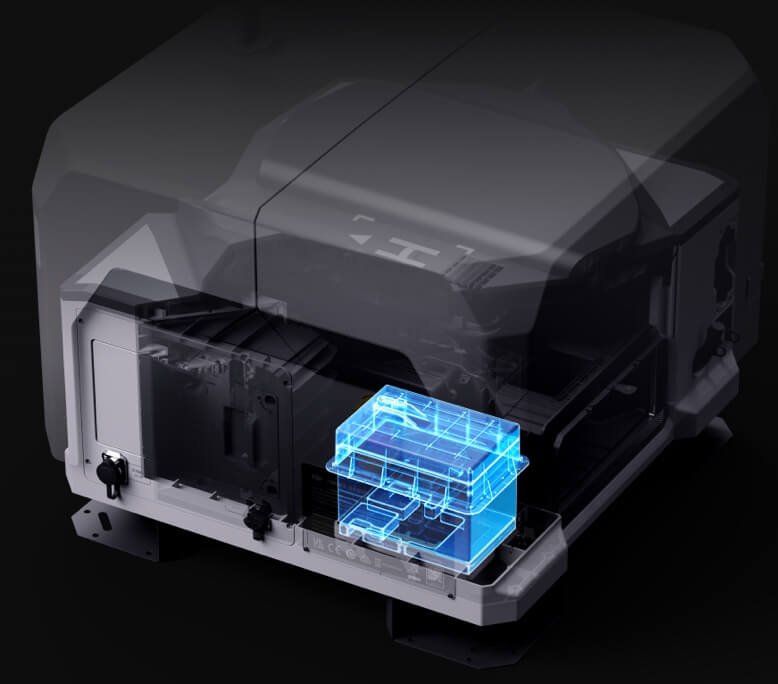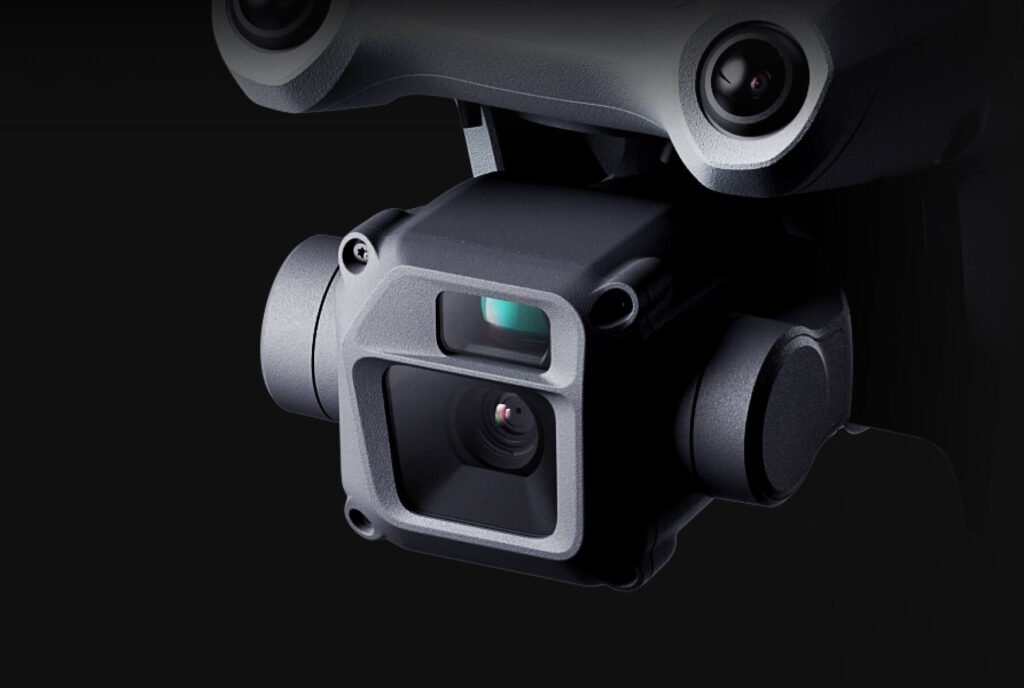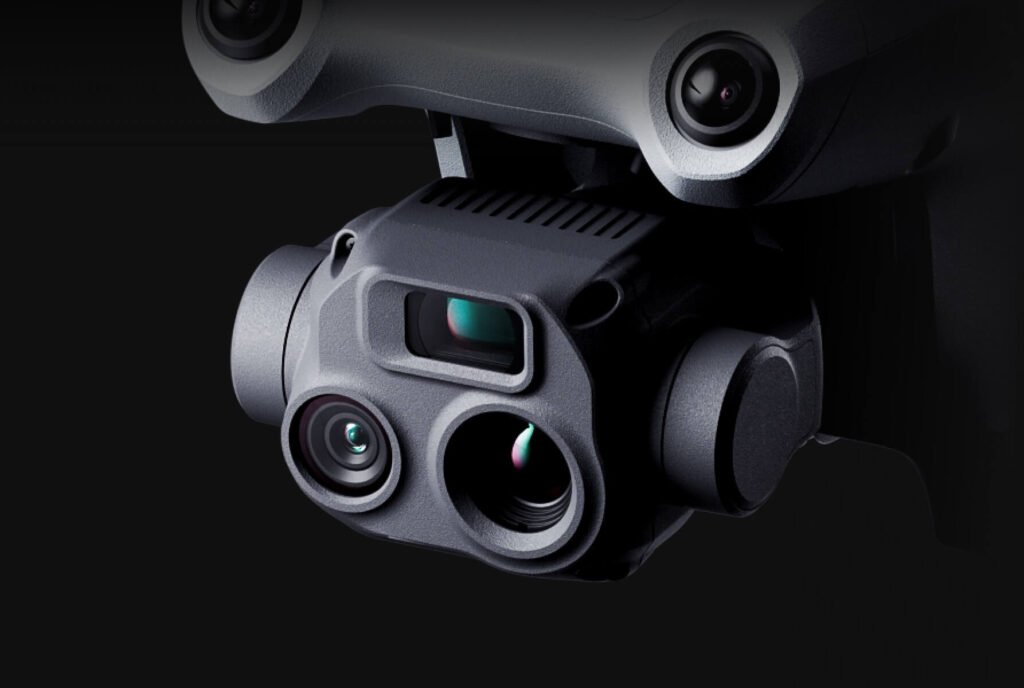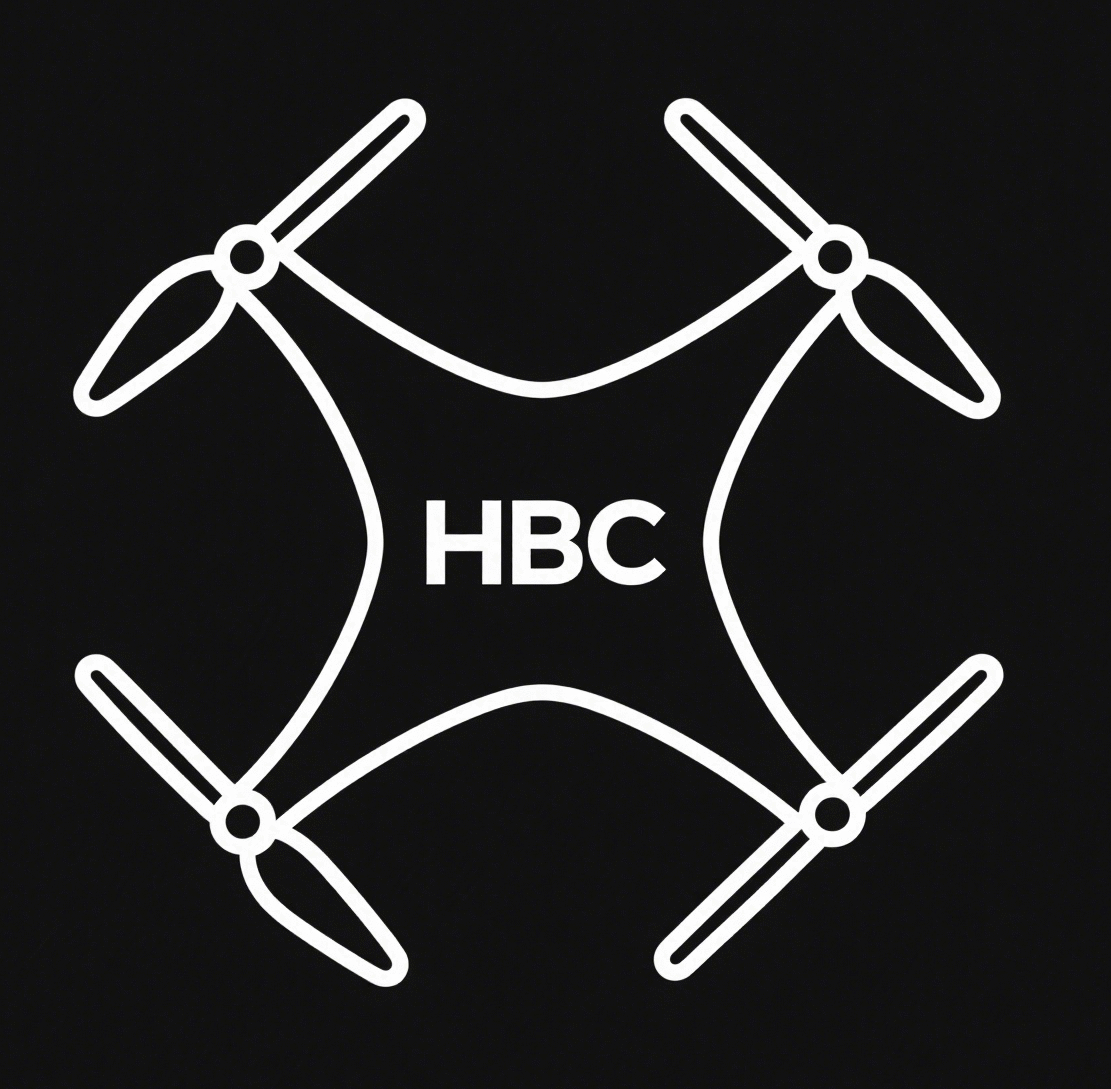HBC DOCK 2
Easy Operation, Superior Results
The more capable yet noticeably smaller Dock 2 deploys Matrice 3D or 3TD drones with ease and security. Dock 2 is lightweight, offers high-level operation capabilities, and has cloud-based intelligent functions that bring efficiency and quality to automatic operations.

Lightweight Design
Dock 2 is 75% smaller and 68% lighter than its predecessor and is easily transportable with just two individuals, which makes for flexible installation and reduces installation costs.
Efficient Site Evaluation
Before deployment, the aircraft can detect the surrounding environment using vision sensors and quickly determine whether the area has strong GNSS signals. [4] This new vision-based evaluation markedly accelerates site selection, reducing the required time from five hours to twelve minutes or less. [5]
Rapid Site Selection
Rapid Site Selection
Prior to deployment, the vehicle can use visual sensors to detect the surrounding environment and quickly determine whether the deployment area has good GNSS signals. Compared to the original survey solution, the new visual survey solution allows for significantly faster site selection, reducing the time required from approximately 5 hours to less than 12 minutes.
Fixed-Mounted Deployment
Dock 2 is designed with safeguarding in mind. With an IP55 dust and water resistance rating, [1] Dock 2 can operate steadily for extended periods even in harsh climates and environments.
Dock 2 integrates multiple sensors, including rainfall, wind speed, and temperature gauges, to perceive real-time weather changes. In conjunction with online weather forecasting, it can provide timely warnings or terminate flight tasks using DJI FlightHub 2 to effectively reduce flight risk.
With next-gen image recognition technology, the aircraft accurately identifies positioning markers on the landing pad. Additionally, the landing pad’s new slide-ramp centering design further facilitates precise landing.

Built-In Backup Battery
In the case of an unexpected power outage, Dock 2 can continue to operate independently for over five hours [6] with the built-in backup battery, leaving sufficient time for the aircraft to return and land.

Six-Month Maintenance Interval
With its high level of protection and reliability, Dock 2 only requires maintenance approximately every six months, [7] effectively controlling human resource costs.

Abnormal Condition Notifications
If Dock 2 and the aircraft encounter task failures or emergencies, FlightHub 2 will immediately send email notifications. This allows operators to accurately trace and troubleshoot problems based on the provided information.
High-Performance Aircraft Models
The all-new Matrice 3D/3TD is specifically designed for Dock 2. Matrice 3D is equipped with both a tele camera and a wide-angle camera with a mechanical shutter, meeting the needs for 1:500 high-precision mapping tasks. Matrice 3TD, outfitted with a wide-angle camera, a tele camera, and an infrared camera, can depict both visible light and thermal images, making it suitable for security and inspection operations.

HBC MATRICE 3D
Wide-Angle camera
4/3 CMOS
24mm Format Equivalent
20MP Effective Pixels
Mechanical Shutter
Tele Camera
1/2-inch CMOS
162mm Format Equivalent
12MP Effective Pixels

HBC MATRICE 3TD
Wide-Angle camera
1/1.32-inch CMOS
24mm Format Equivalent
48MP Effective Pixels
Tele Camera
1/2-inch CMOS
162mm Format Equivalent
12MP Effective Pixels
Infrared Camera
40mm Format Equivalent
Normal Mode: 640×512@30fps
UHR Infrared Image Mode: 1280×1024@30fps
(With the UHR Infrared Image function enabled, the aircraft automatically enables or disables UHR Infrared Image mode according to the ambient light brightness.)
28x Digital Zoom

Obstacle Sensing for Safe Operation
The Obstacle Sensing Module [4] for Matrice 4D/4TD combines rotating LiDAR and millimeter-wave radar technologies for precise 12mm wire-level obstacle avoidance at speeds up to 15 m/s in complex power line crossings, as well as enhanced positioning in low-light conditions. [5] Operational safety are ensured for varying environments of power distribution network and the intricate layouts of substations.
Dock 2 integrates dual RTK antennas, allowing the aircraft to obtain accurate RTH location information without waiting for the RTK data to converge. It also performs a complete propeller inspection and takeoff in as short a time as 45 seconds, quickly entering operational status.
Dock 2 charges the aircraft from 20% to 90% in just 32 minutes for efficient powering for consecutive operations.
Dock 2 features an internal and an external fisheye camera to achieve real-time display. Close monitoring within and outside the dock allows the operator to remotely observe weather conditions, environmental circumstances, and the aircraft’s takeoff and landing.
With the Cellular Dongle 2, the aircraft can connect to 4G networks. In complex operational environments, the 4G network link synergizes with the original O3 transmission link to ensure stable transmission and enhance flight safety.
Cloud-Based Operation, Maximum Control
Cloud Mapping
After the aircraft completes its flight task, FlightHub 2 generates high-precision 3D models based on the collected flight data, authentically restoring the operating environment. These models can be annotated, measured, and downloaded.
Flight Route Editor
Utilizing high-precision 3D models, operators can conduct visual flight route editing from a first-person perspective and preview simulated imaging results. This facilitates intuitive and efficient operations and enhances flight route planning and accuracy.
AI Spot-Check
Frame a specific area in the 3D model, and the aircraft will automatically compare the area to be captured with the framed area in subsequent automated operations. This actively adjusts the camera’s angle to ensure accurate capture of the same area across multiple flights.
FlyTo Tasks
FlightHub 2’s FlyTo tasks utilize high-precision 3D models to automatically plan the optimal flight route. Before an urgent task, the operator only needs to click on the subject, and the aircraft will fly to the destination via an efficient and safe route.
Live Flight Controls
Based on DJI FlightHub 2 or a third-party cloud platform, even if
Dock 2 is deployed in a remote region, the operator can still control the flight and gimbal angle via keyboard and mouse.
Obstacle Bypass
When performing automatic flight tasks, the aircraft utilizes omnidirectional obstacle sensing and automatic obstacle bypass functions to enhance the success rate of flight tasks.
Professional Solutions, Real-World Proven.
Reliable Quality, Trusted Performance.
Factory Direct: Save 30% Instantly.
Plug & Play Expand Any DJI Drone.
